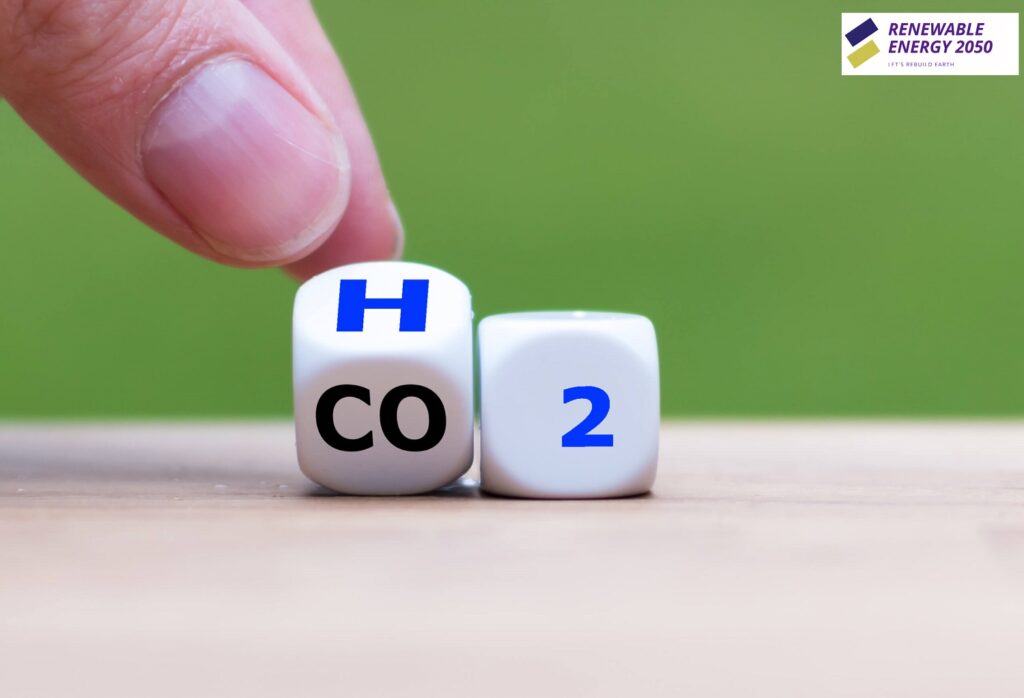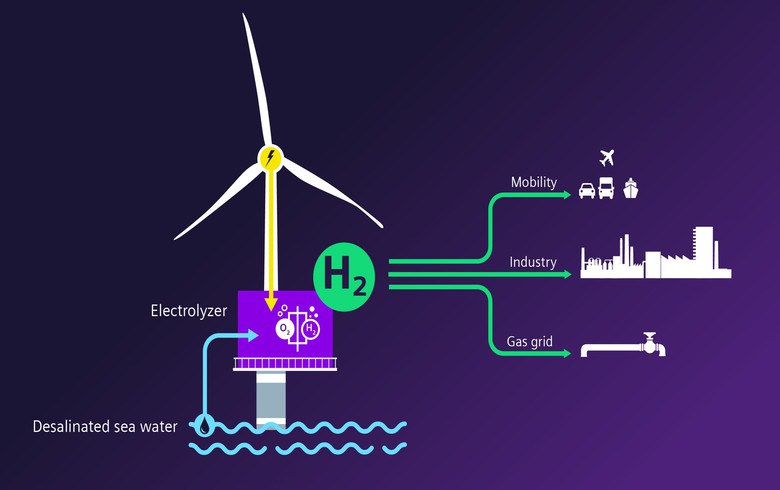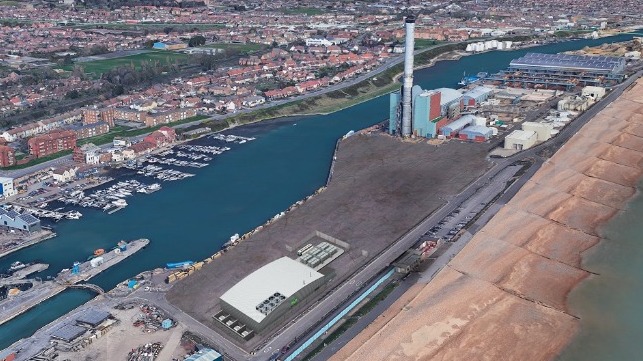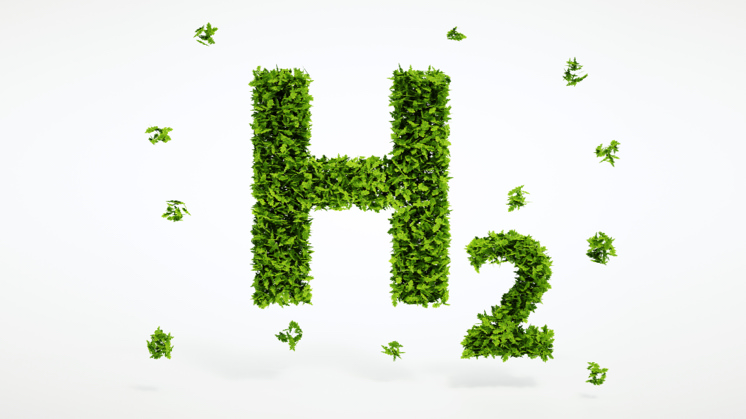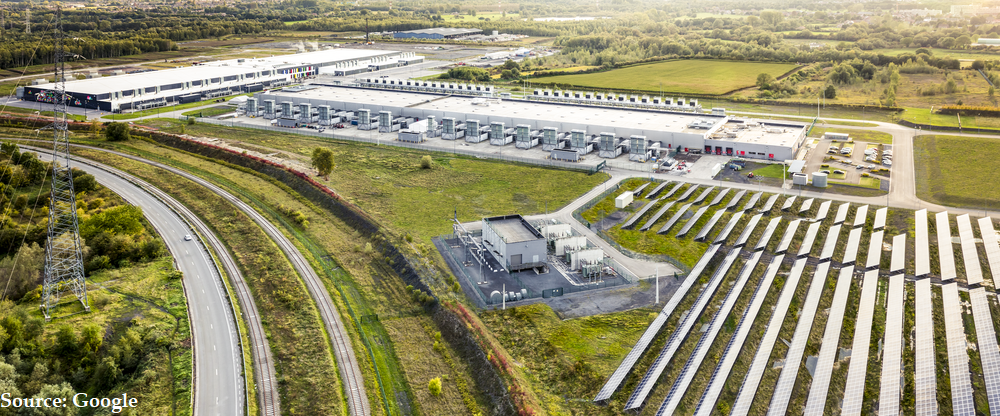A new report released by the Hydrogen Council, shows that large-scale supply of low-carbon hydrogen is economically and environmentally viable.
The report also demonstrates that there is no single hydrogen production pathway to achieve low life-cycle greenhouse gas (GHG) emissions, but rather the need for a fact-based approach that leverages regional resources and includes a combination of different routes of production.
This will achieve emission and cost reductions, ultimately helping decarbonize the energy system and limit global warming, the study concluded.
The two-part Hydrogen Council report provides new data based on an assessment of the GHG emissions generated through different hydrogen supply pathways and the lifecycle GHG emissions for different hydrogen applications.
For example, while “green” hydrogen produced through water electrolysis with renewable power achieves the lowest emissions, “blue” hydrogen produced from natural gas with high CO2 capture rate and storage can also achieve low emissions if best technologies are used and best practices are followed, the report found.
Across eight illustrative pathways, analysis shows that if hydrogen is used, significant GHG emission reductions can be made, as much as 60-90% or more, compared to conventional fossil fuel alternatives.
The study also looked into the gross water demand of hydrogen supply pathways and found water electrolysis has a very low specific water demand of nine kg per kg of hydrogen compared to cooling of thermal power plants (hundreds of kg/kg) or biomass cultivation (hundreds to thousands of kg/kg).
Having investigated two hypothetical boundary scenarios (a “green-only” and a “blue-only” scenario) to assess the feasibility and impact of decarbonised hydrogen supply, the report found that both scenarios are feasible.
It found these are not limited by the world’s renewables potential or carbon sequestration (CCS) capacities, and they do not exceed the speed at which industry can scale.
In the Hydrogen Council’s “Scaling up” study, a demand of 21,800 terawatt-hours of hydrogen has been identified for the year 2050.
To achieve this, a compound annual growth rate of 30-35% would be needed for electrolysers and CCS, a deployment rate in line with the growth of the offshore wind and solar PV industry over the last decade.
Air Liquide CEO Benoit Potier said: “If hydrogen represents a global solution to decarbonize industry and to contribute to the energy transition, it’s only by reducing emissions along the chain and taking into account each local specificity that we will be able to unlock its full potential.
“It will require a combination of several renewable and low-carbon pathways, facilitated by favourable regulations, as well as further industrial developments for low-carbon hydrogen technologies.”

